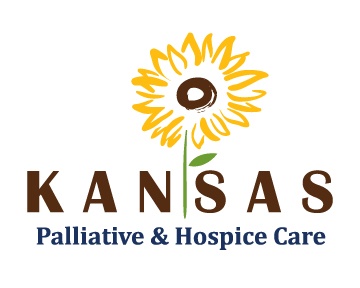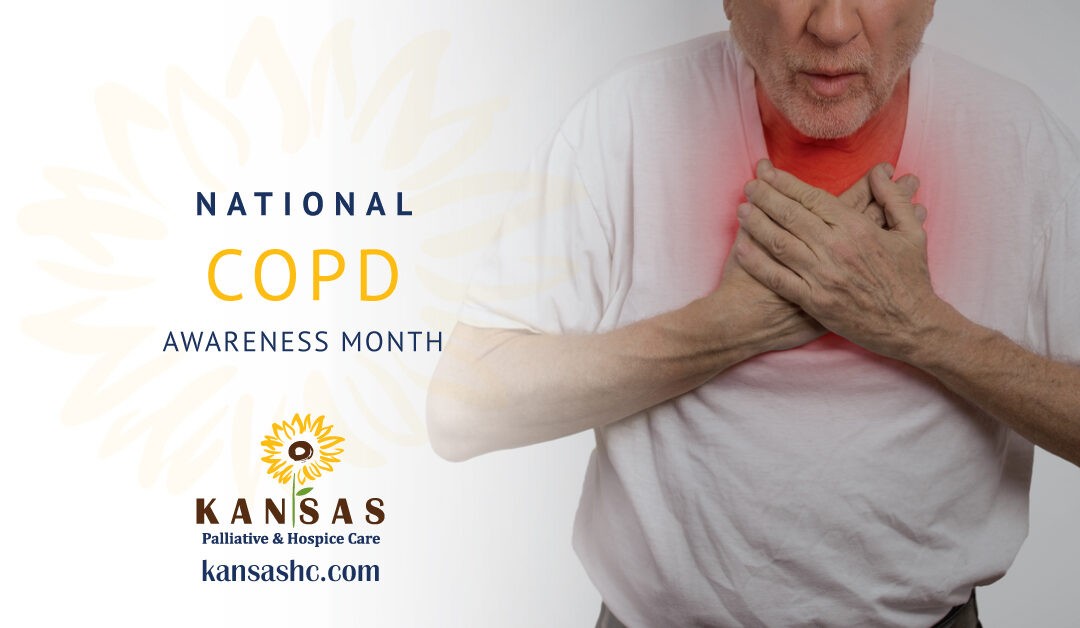National COPD Awareness Month is an annual reminder of the more than 16 million Americans diagnosed with chronic obstructive pulmonary disease (COPD) and the millions more who are currently undiagnosed.
We will be focusing on what causes COPD, as well as how you can prevent it from happening to you. We are also going to talk about the symptoms of COPD, so that if you think you might have it, you can get tested ASAP.
COPD is a long-term lung disease that makes it hard to breathe. It can make you cough, wheeze, and feel out of breath. But it’s more than just a cough and some shortness of breath. It’s also a heart-breaking fact that most people with COPD are misdiagnosed for years before they are finally diagnosed.
This November, the “Learn More Breathe Better” program recognizes those who care for patients with COPD each National COPD Awareness Month.
Risk & Symptoms
COPD (chronic obstructive pulmonary disease) is a progressive lung disease that makes it hard to breathe and causes the lungs to become stiff and scarred.. It’s often called “smoker’s lung” because it results from tobacco or exposure to other secondhand smoke. But it can also be caused by air pollution, certain medical conditions, and long-term exposure to certain chemicals.
If you have COPD, your lungs will not be able to bring in as much oxygen as they should. This can cause shortness of breath, heart and blood vessel disease, or even death.
The main risk factors for COPD are smoking, secondhand smoke exposure, air pollutants, genetics, and other factors.
If you have symptoms such as coughing up phlegm that lasts for weeks or months; chest tightness; wheezing; shortness of breath (even at rest); fatigue; and loss of weight without trying, you may have COPD.
It’s not just smokers at risk for COPD—even if you don’t smoke, you can get it if you’ve been exposed to secondhand smoke over time. And even if you aren’t at risk now, it’s important to know the symptoms of COPD so that you can take action early if they develop in the future.
According to the American Lung Association, COPD affects 16.4 million people in the U.S. Unfortunately, that number is increasing every year as more people develop this condition. And since most people don’t know they have COPD until late in its development, many go untreated or miss out on treatment options that could help them feel better sooner and stay active longer. COPD is a progressive lung disease that makes breathing hard, but it’s not just about your lungs. It can affect your whole body.
COPD symptoms include:
- Shortness of breath (this happens when your lungs are working harder to get oxygen into your blood)
- Frequent chest infections (because you have less airflow through your lungs)
- A cough that won’t go away (because there’s more mucus in your lungs)
- Wheezing (when there’s extra mucus in your lungs)
We know that the symptoms of COPD can be hard to manage, but they don’t have to be as scary as they seem. Here are some tips:
- If you’re experiencing shortness of breath, take deep breaths into your diaphragm. This will help you feel more relaxed, making it easier for your body to adjust.
- If you’re having trouble sleeping due to shortness of breath, try using an app like Sleep Cycle that tracks your sleep patterns and wakes you up when you’ve reached REM sleep. It’ll help you wake up refreshed and ready for the day.
- Keep an inhaler nearby so that if your symptoms get worse, you can treat them quickly and effectively.
Treatments
There is no cure for COPD, but there are treatments that can help control symptoms, slow down the progression of the disease and improve your quality of life. These include:
- Medications that clear mucus out of the airways and make breathing easier
- Oxygen therapy (for severe cases)
- Pulmonary rehabilitation (to improve breathing capacity)
- Surgery to remove excess tissue or even lung transplants (for advanced cases)
We encourage all smokers who want to quit smoking to visit https://www.smokefree.gov/ for more information on how to do
COPD can be managed through a combination of medications and breathing exercises, as well as by making lifestyle changes such as quitting smoking and avoiding secondhand smoke, exercising regularly, and eating healthy.
But what happens when the disease gets worse? When you’re no longer able to manage it on your own, who will help you?
At Kansas Palliative & Hospice Care, we strive to provide all of our patients with the best possible quality of life, even when their conditions are not responding well to treatment. This is why we offer hospice care for those with chronic conditions such as COPD.
Hospice care allows you to spend your last days at home with loved ones without worrying about how you will pay for things like therapy or transportation once you leave the hospital or nursing home. It also gives your family members more time together before saying goodbye—something everyone deserves.
Hospice care focuses on quality of life rather than quantity of life—it helps patients and families understand their options so they can make decisions that give them peace of mind while still getting the treatment they need at the end stages of life.
Palliative care is special care for people who have serious illnesses, such as a terminal illness or advanced age. Palliative care helps patients feel better by managing their symptoms and pain. It also allows patients to communicate their wishes and values to their caregivers and loved ones to get the support they need during this time.
If you or someone you love has COPD or is considering hospice or palliative care for themselves or another loved one, please call us at (913) 353-6525.


